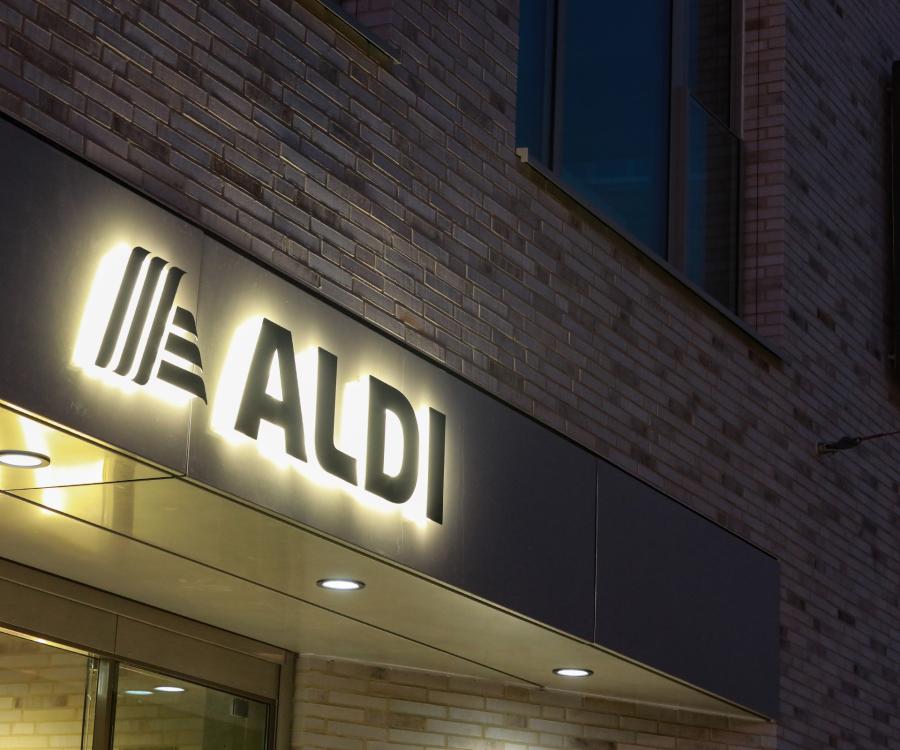Click & Collect is a smart solution for both busy shoppers and profit-seeking retailers. It solves many of the problems that have prevented online shopping for groceries from taking off, such as costly deliveries and the small range of available products.
E-commerce has made shopping convenient, and smarter services and techniques are constantly improving the customer experience. Today, 75 percent of buyers in Western Europe use the Internet to purchase goods and services. So far, the most common process is to order a product and get it delivered at home. However, that is rarely the most convenient solution. The risk is that the delivery takes place when the customer is not at home, which means that the distributor must either find a new time or leave the goods at the Post office – solutions that can be inconvenient for customers and expensive for distributors. Click & Collect is therefore often a better option for both retailers and customers. With Click & Collect, customers order online and pick up their purchases in lockers, placed at convenient locations such as shops, supermarkets, post offices and public transportation stations.

Maximising the number of deliveries
Andrew Starkey, head of e-Logistics at IMRG, an organisation based in the UK that frequently publishes studies on online retail, says that the click-and-collect increase is about proximity. “Shoppers will only use click-and-collect if the collection location is close to home or on a regularly travelled route. It also requires that the customers can combine the pick-up with other ‘high street’ activity.”
Starkey says that markets with large commuter populations and dense populations, such as France and the UK, will move faster to the click-and-collect solutions than other markets.
“It’s all about maximising the number of deliveries to the largest percent of population through the optimal number of locations,” he explains.
Supply, convenience and price
Already, more than half of customers across Europe use click-and-collect as their preferred delivery option for online orders, according to a Forrester study. However, Click & Collect is not yet that popular for grocery shopping. According to a report from McKinsey and Company, the reason is that customers are not willing to sacrifice the price, quality, or range of products that they have grown accustomed to in the supermarket.
Supply, convenience and price are the most important drivers for e-commerce. Families in Western Europe are often pressed for time, and could, if done the right way, welcome an alternative to pushing a shopping cart around in a crowded supermarket. But they also have a lot of activities to run to and don’t want to tie themselves down to having to be at home for a delivery. Especially since most deliveries work in slots, which means you have to book a whole evening for your weekly groceries.
“Families have less and less time. Often both parents work and weekdays and weekends are filled with activities. There is simply no time for shopping. Or staying at home to wait for a delivery, when the time slot is a range between six and ten in the evening. Some people find that solution convenient, but others don’t. This is where click-and-collect collect comes in. It is the solution for today’s modern families,” says Ove Teigen, Global Product Director Click & Collect at Strongpoint.
The expensive last mile drives the move towards click-and-collect
The McKinsey study points out that Europe’s online-grocery market has been stuck in a vicious cycle: poor supply drives low demand, which in turn justifies the poor supply. Also, retailers are put off by the economics of the business: selling groceries online means taking on additional costs in labour, delivery vehicles and fuel. These costs are typically higher than the fees customers are willing to pay for deliveries, so the retailers have to take these costs today. In countries such as France and the UK, the time it takes to for a truck to move around busy cities combined with fuel cost is very expensive. And in Scandinavia, having truck drivers is a huge personnel cost. In the near future, that cost will have to be charged to the customers.
But according to the McKinsey study, click-and-collect will result in as much as a 30 percent cut in cost, which makes the investment much more viable for retailers.
“A common rule of thumb that almost always applies is that the last mile is the highest cost. That last mile is avoided with the click-and-collect system. So Click & Collect opens up for the possibility for profitable and convenient online shopping in the grocery segment as well,” Teigen says.
Click-and-collect- advantages for the customer
- Convenience
- Saves costs
- Guarantee for safe handling of groceries
- Avoid the risk of making your way to a grocery store, only to realise that the product you want to purchase is out of stock
Click-and-collect- advantages for the retailer
- Many deliveries to the same location. Many consumers pick up their groceries from the same place.
- Ensures the right environment for the groceries, for example, the right temperature
- Smart solutions that integrate the retailer storage and logistics centre with what is stored in the lockers.
- Click & Collect is a great method for encouraging customers to make additional purchases










